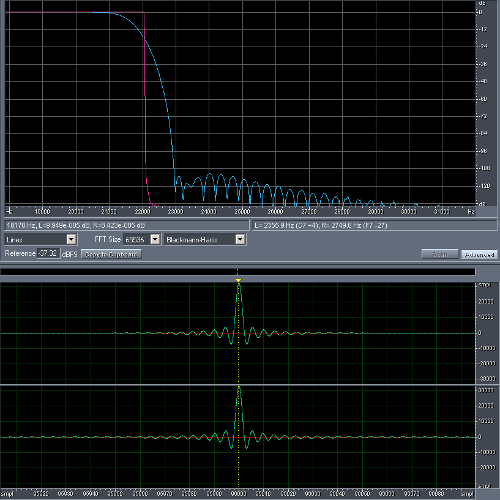Avi
100+ Head-Fier
- Joined
- Oct 31, 2005
- Posts
- 330
- Likes
- 25
Quote:
Seems to be
Quote:You're choosing between a full range high bitrate master and a regular CD with noise above the audible spectrum. I think that pretty much shows that you don't need those super audible frequencies or high bitrates.
+5.
Seems to be





